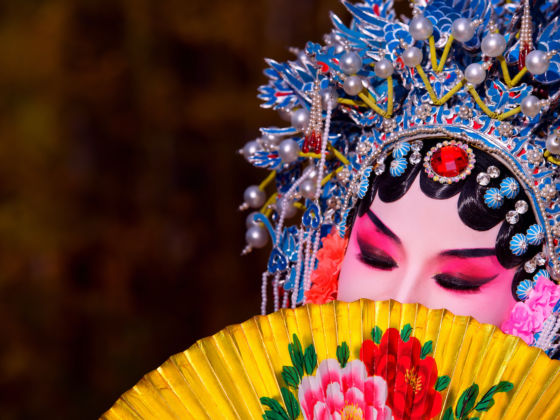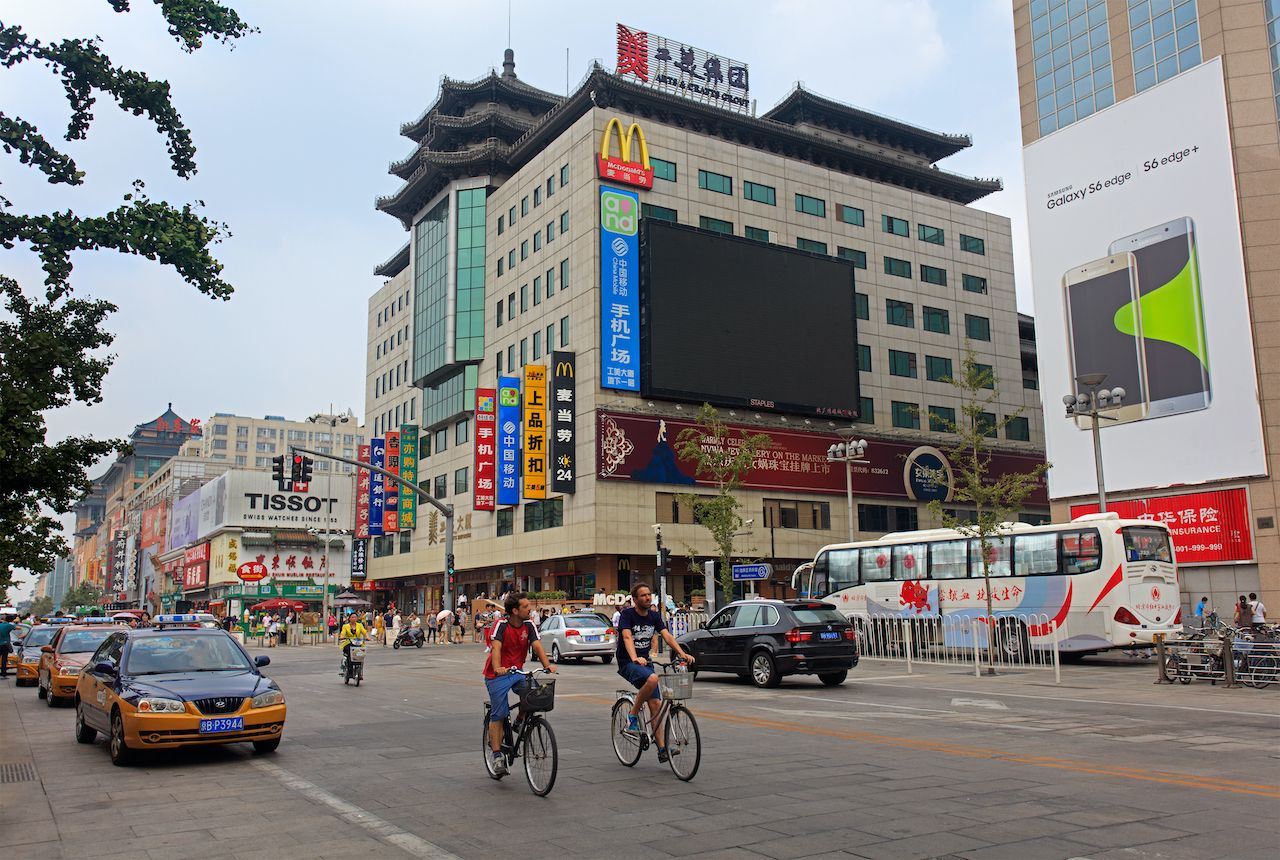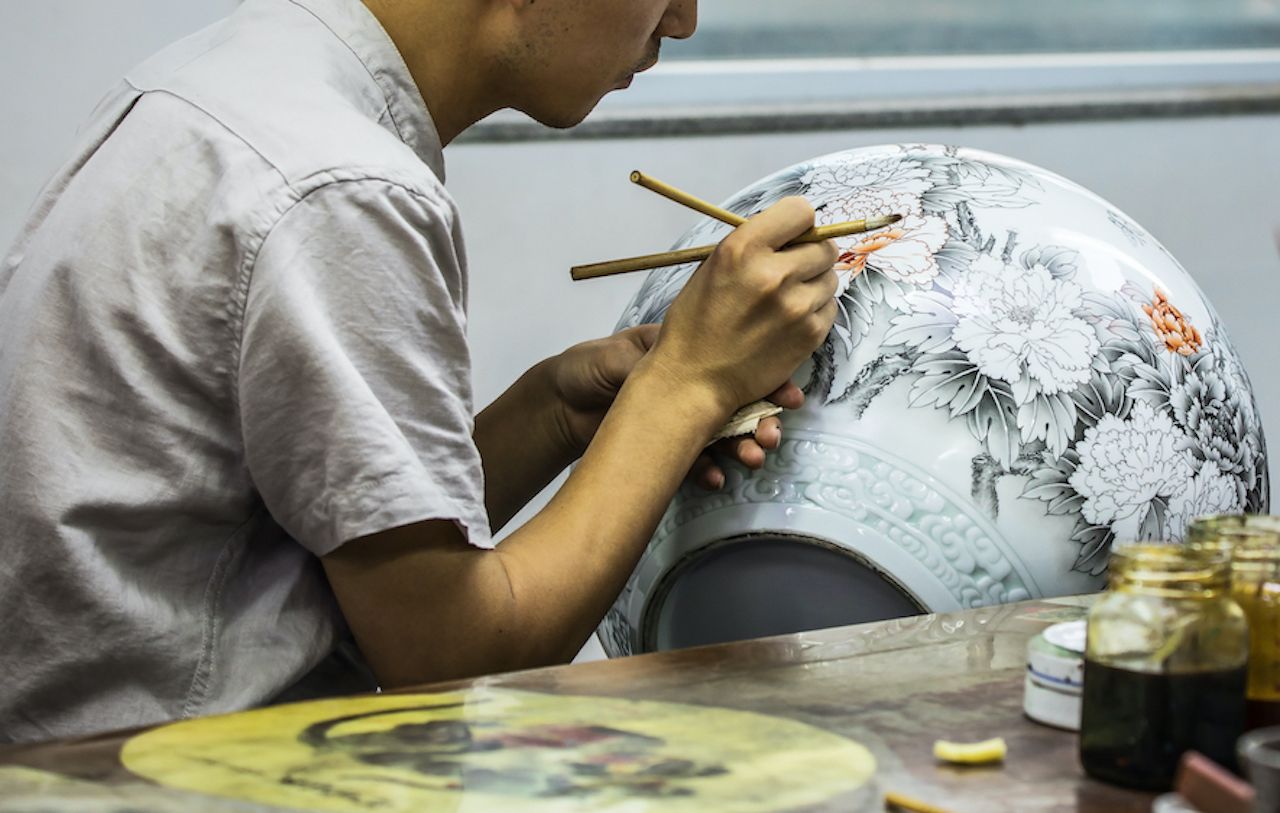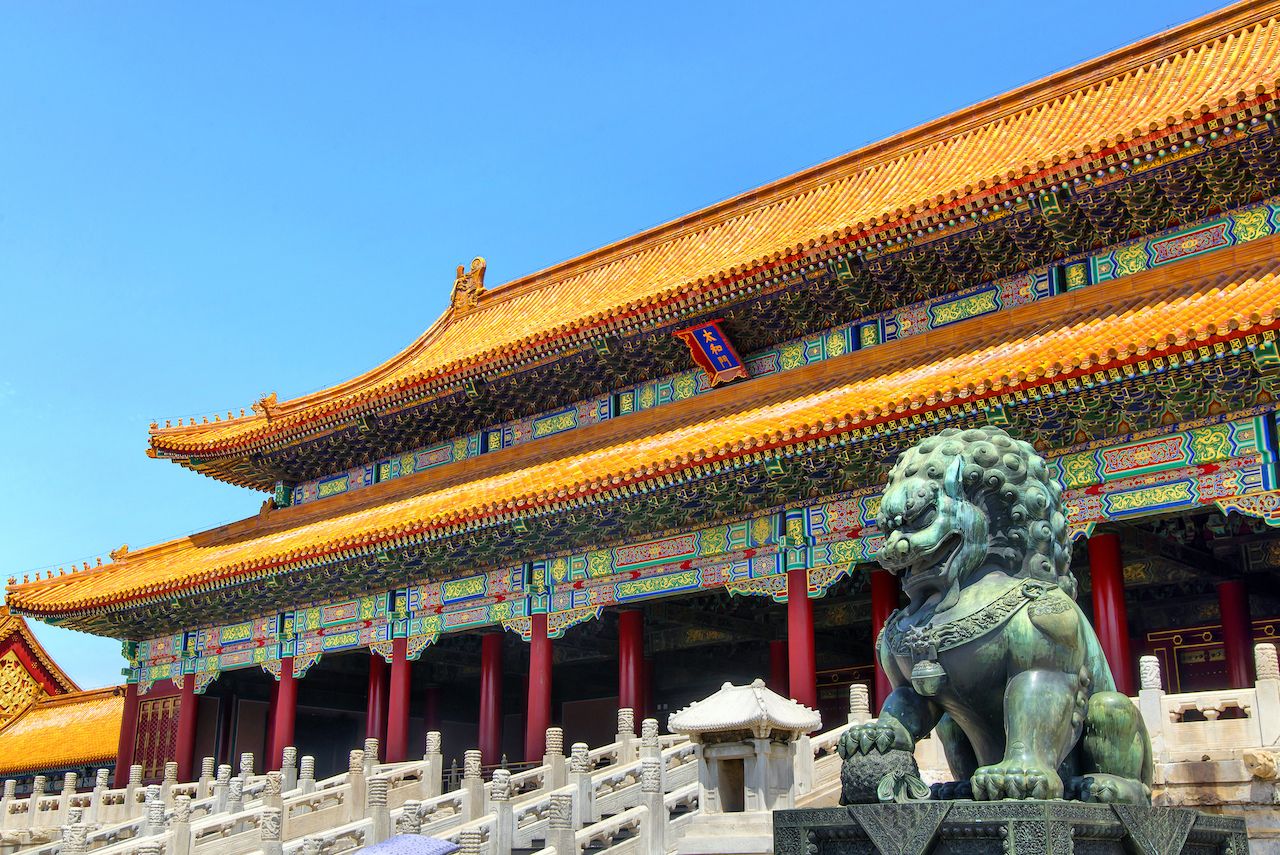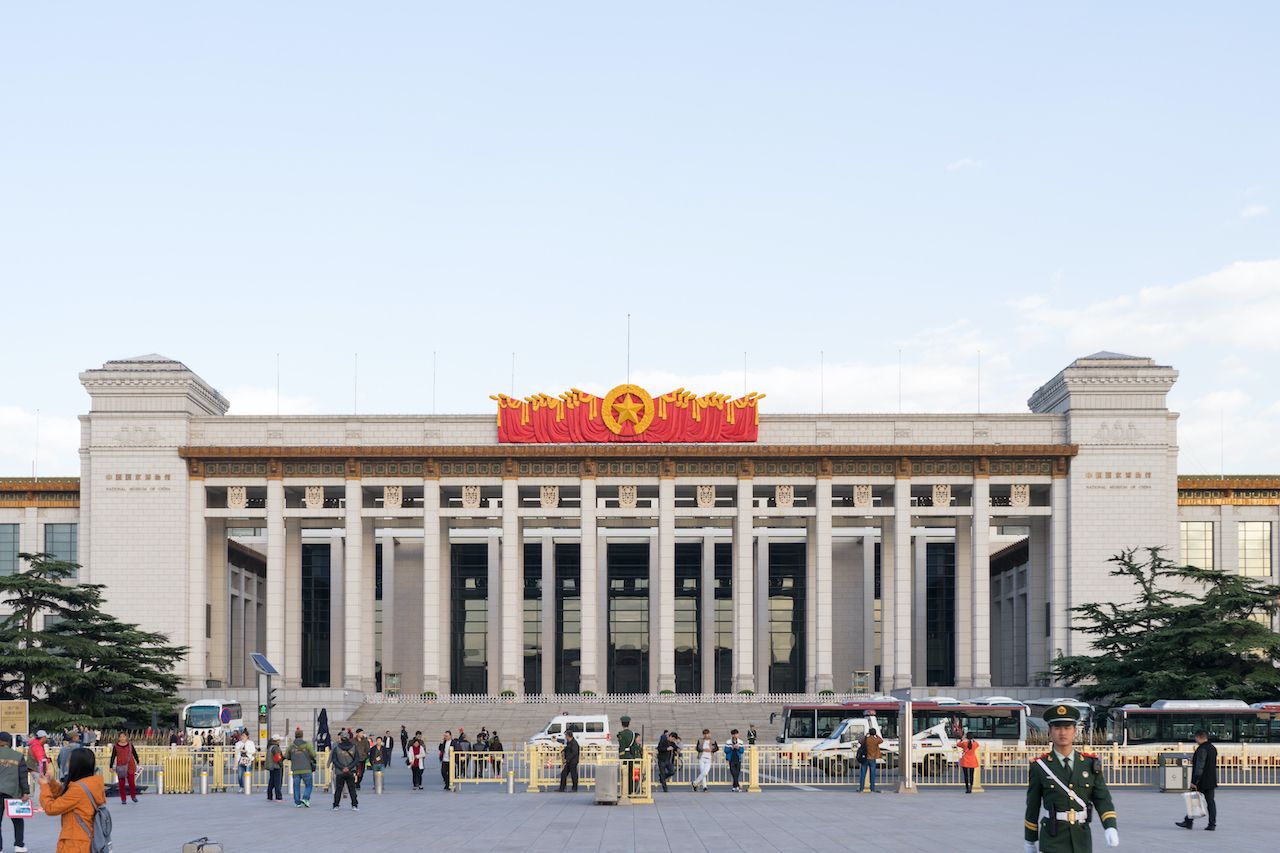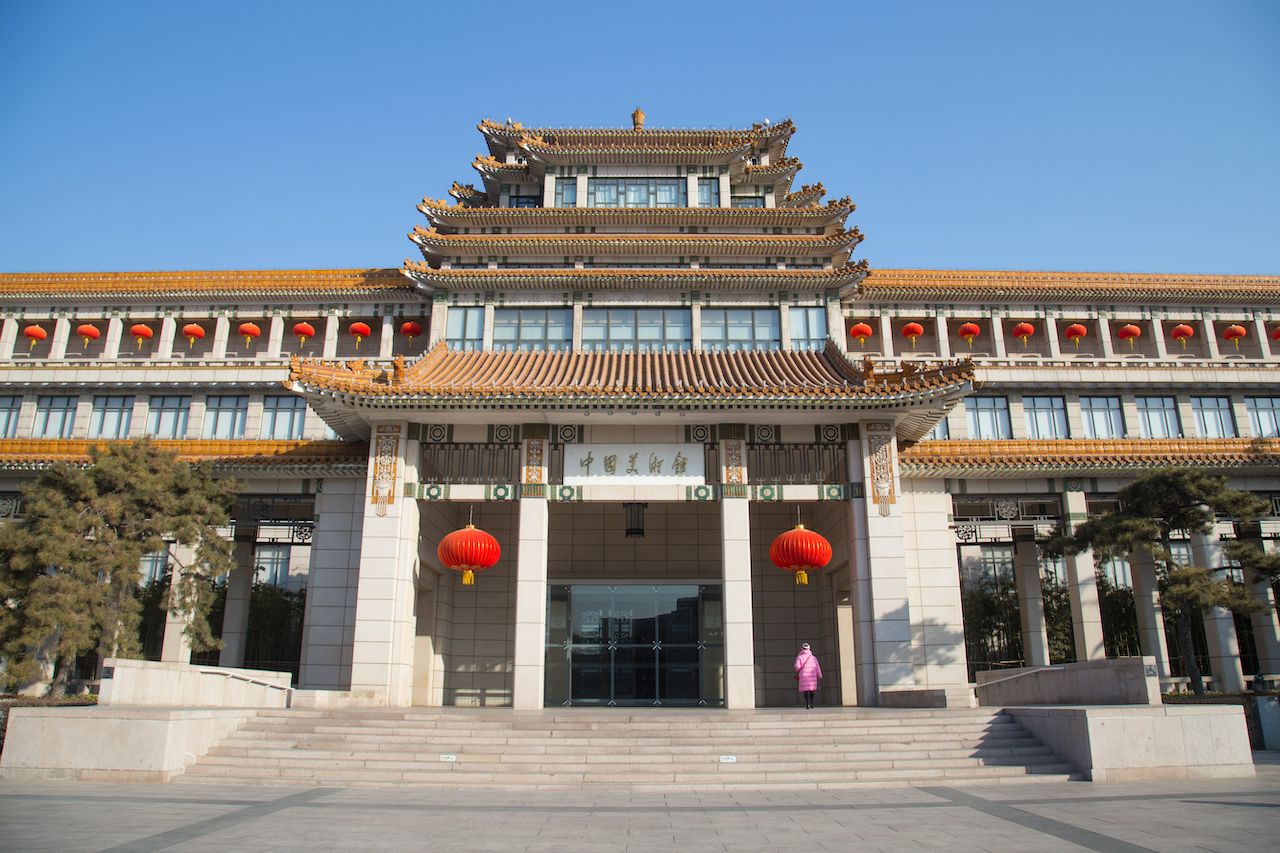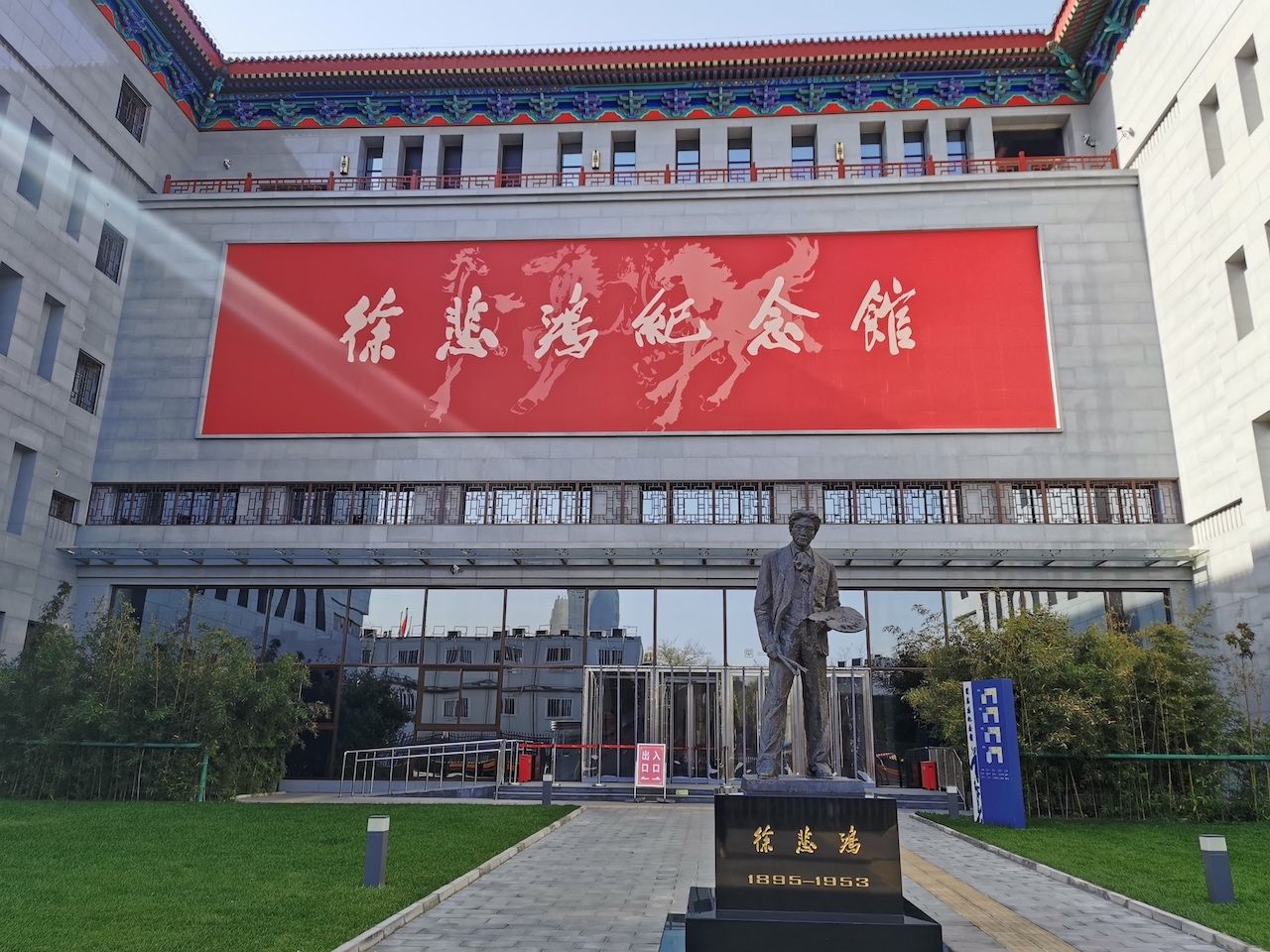Traditional Chinese art tends to be associated with watercolor mountainscapes or inky calligraphy, but with a 3,000-year-old history, China has a huge array of artistic traditions. While the earliest of Chinese arts included painting, calligraphy, and bronze work, subsequent centuries would see the development of ornate jade sculptures and glazed pottery and ceramics.Beijing, being the home of the emperor, attracted the finest artisans from across the country to pamper the imperial family. The palatial arts grew to include intricate silk embroidery, inlaid filigree, ivory carving, and carved lacquer.
While the imperial court relished in the most opulent of furnishings, everyday Beijingers developed their own iconic folk arts, such as paper cutting, figurines made out of a flour-based clay, or “inside painting” — tiny paintings on the inside of snuff boxes. Whether you’re moved by the elegant minimalism of calligraphy or awed by the painstaking details of cloisonné, these are the best places in Beijing to marvel at traditional Chinese art.
